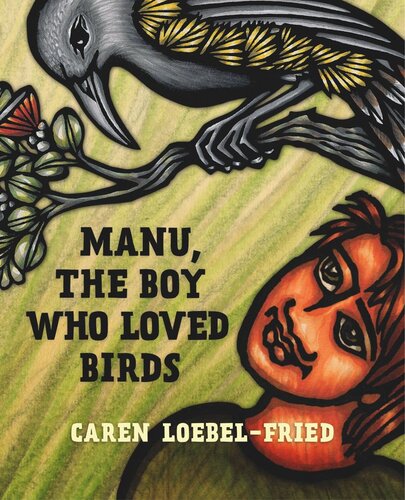

Most ebook files are in PDF format, so you can easily read them using various software such as Foxit Reader or directly on the Google Chrome browser.
Some ebook files are released by publishers in other formats such as .awz, .mobi, .epub, .fb2, etc. You may need to install specific software to read these formats on mobile/PC, such as Calibre.
Please read the tutorial at this link: https://ebookbell.com/faq
We offer FREE conversion to the popular formats you request; however, this may take some time. Therefore, right after payment, please email us, and we will try to provide the service as quickly as possible.
For some exceptional file formats or broken links (if any), please refrain from opening any disputes. Instead, email us first, and we will try to assist within a maximum of 6 hours.
EbookBell Team

4.7
66 reviewsOn a school trip to Honolulu’s Bishop Museum, Manu and his classmates are excited to see an ancient skirt made with a million yellow feathers from the ‘ō‘ō, a bird native to Hawai‘i that had gone extinct long ago. Manu knew his full name, Manu‘ō‘ōmauloa, meant “May the ‘ō‘ō bird live on” but never understood: Why was he named after a native forest bird that no longer existed?
Manu told his parents he wanted to know more about ‘ō‘ō birds and together they searched the internet. The next day, his teacher shared more facts with the class. There was so much to learn! As his mind fills with new discoveries, Manu has vivid dreams of his namesake bird. After a surprise visit to Hawai‘i Island where the family sees native forest birds in their natural setting, Manu finally understands the meaning of his name, and that he can help the birds and promote a healthy forest.
Manu, the Boy Who Loved Birds is a story about extinction, conservation, and culture, told through a child’s experience and curiosity. Readers learn along with Manu about the extinct honeyeater for which he was named, his Hawaiian heritage, and the relationship between animals and habitat. An afterword includes in-depth information on Hawai‘i’s forest birds and featherwork in old Hawai‘i, a glossary, and a list of things to do to help. Illustrated with eye-catching, full-color block prints, the book accurately depicts and incorporates natural science and culture in a whimsical way, showing how we can all make a difference for wildlife.
The book is also available in a Hawaiian-language edition, ‘O Manu, ke Keiki Aloha Manu, translated by Blaine Namahana Tolentino (ISBN 9780824883430).